
What is Ear Surgery?
Dr. Arturo Valdez: Specialist in Ear Surgery
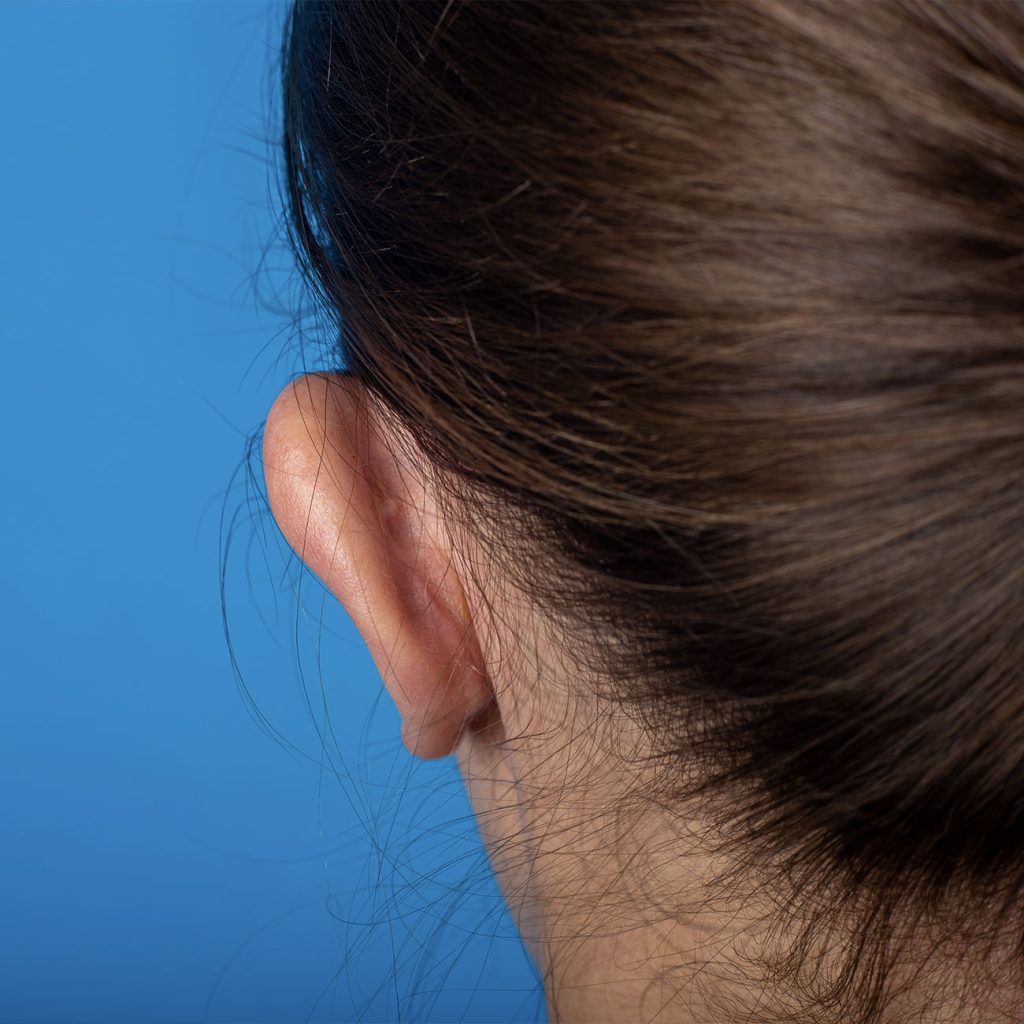
Preparing for your Ear Surgery
You will have a consultation with Dr. Valdez, be prepared to discuss:
- Your surgical goals
- Medical conditions, drug allergies, and medical treatments
- Current medications, vitamins, herbal supplements, alcohol, tobacco, and drug use
- Previous surgeries
Dr. Arturo Valdez will also:
- Evaluate your general health status and any pre-existing health conditions or risk factors
- Take photographs
- Discuss your ear surgery options
- Recommend a course of treatment
- Discuss likely outcomes of your ear surgery and any risks or potential complications
Ear Surgery Procedure
Step 1 – Anesthesia
Medications are administered for your comfort during the surgical procedure. The choices include local anesthesia combined with intravenous sedation or general anesthesia. Your doctor will recommend the best choice for you.
Step 2 – The incision
Correction of protruding ears uses surgical techniques to create or improve the antihelical fold (just inside the rim of the ear) and to reduce enlarged conchal cartilage (the largest and deepest concavity of the external ear). Incisions for otoplasty are generally made on the back surface of the ear. When incisions are necessary on the front of the ear, they are made within its folds to hide them. Internal, non-removable sutures are used to create and secure the newly shaped cartilage in place.
Step 3 – Closing the incisions
External stitches close the incision. Techniques are individualized, taking care not to distort other structures and to avoid an unnatural “pinned back” appearance.
Step 4 – See the results
Ear surgery offers near immediate results in cases of protruding ears, visible once the dressings are removed. With the ear permanently positioned closer to the head, surgical scars are either hidden behind the ear or well-hidden in the natural creases of the ear.
Ear Surgery success stories.
See some Before and after cases.
Discover first-hand experiences from individuals who have undergone Ear Surgery and transformed their lives. Read inspiring stories of confidence, self-assurance, and satisfaction.
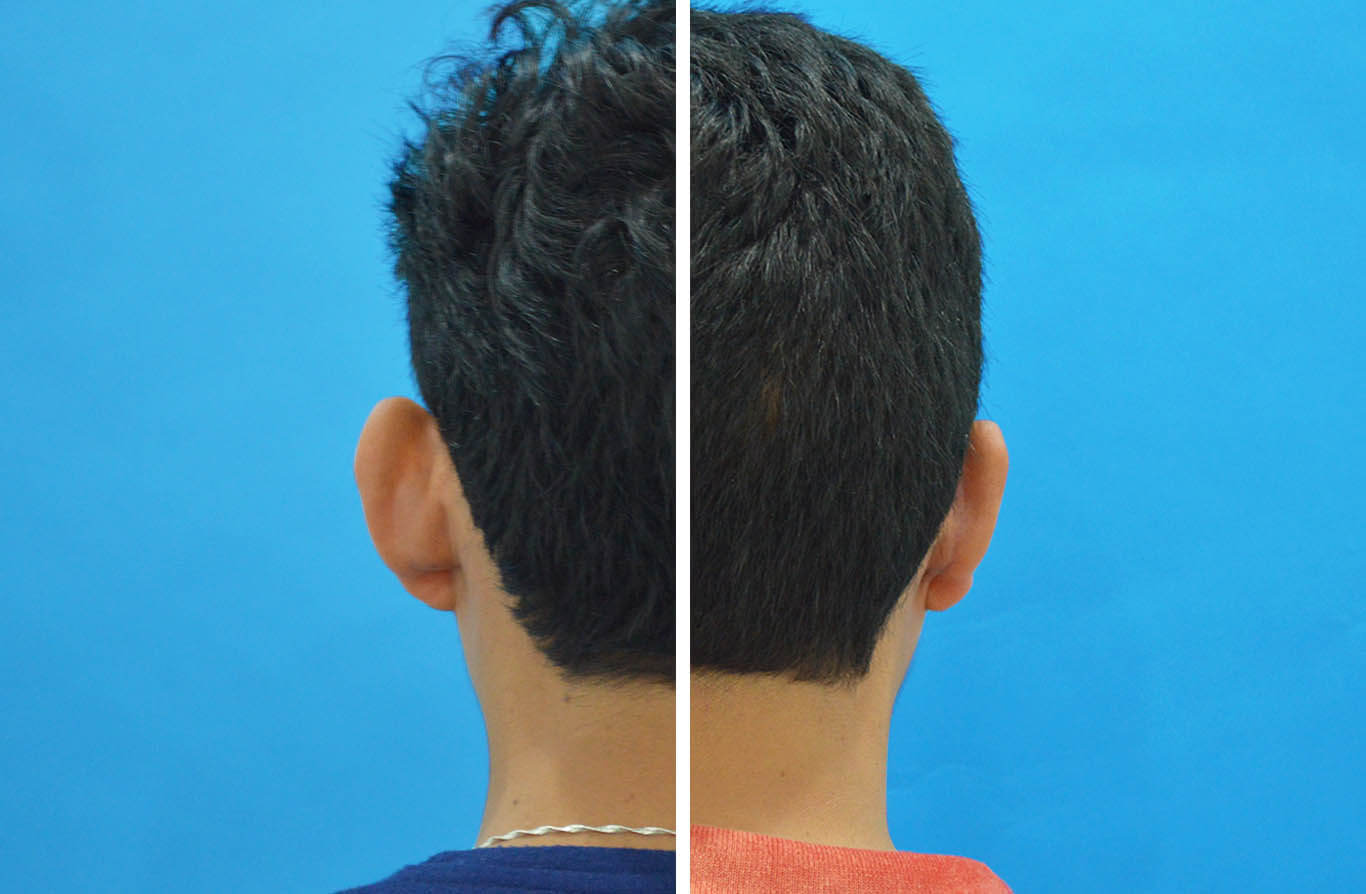
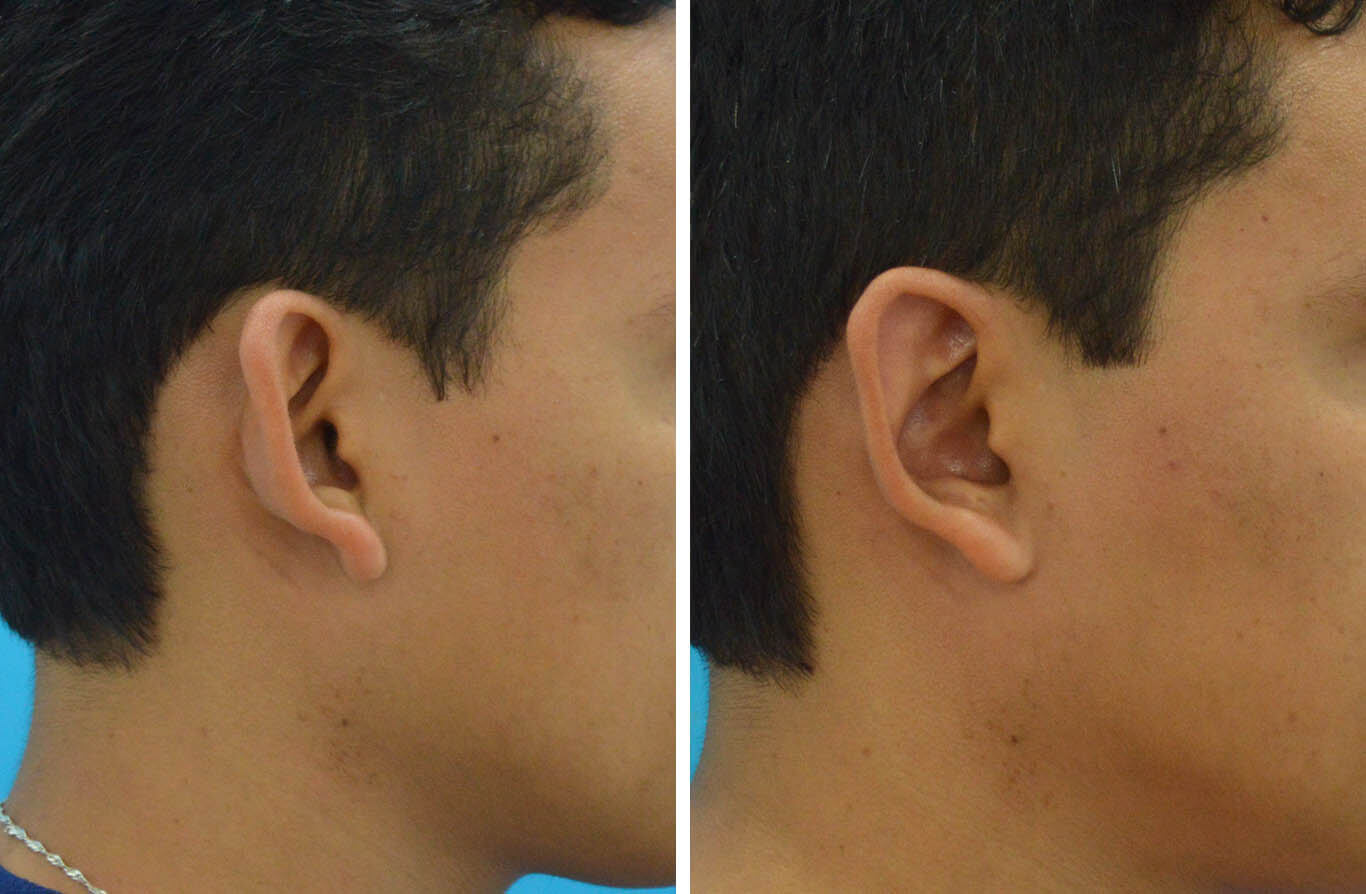
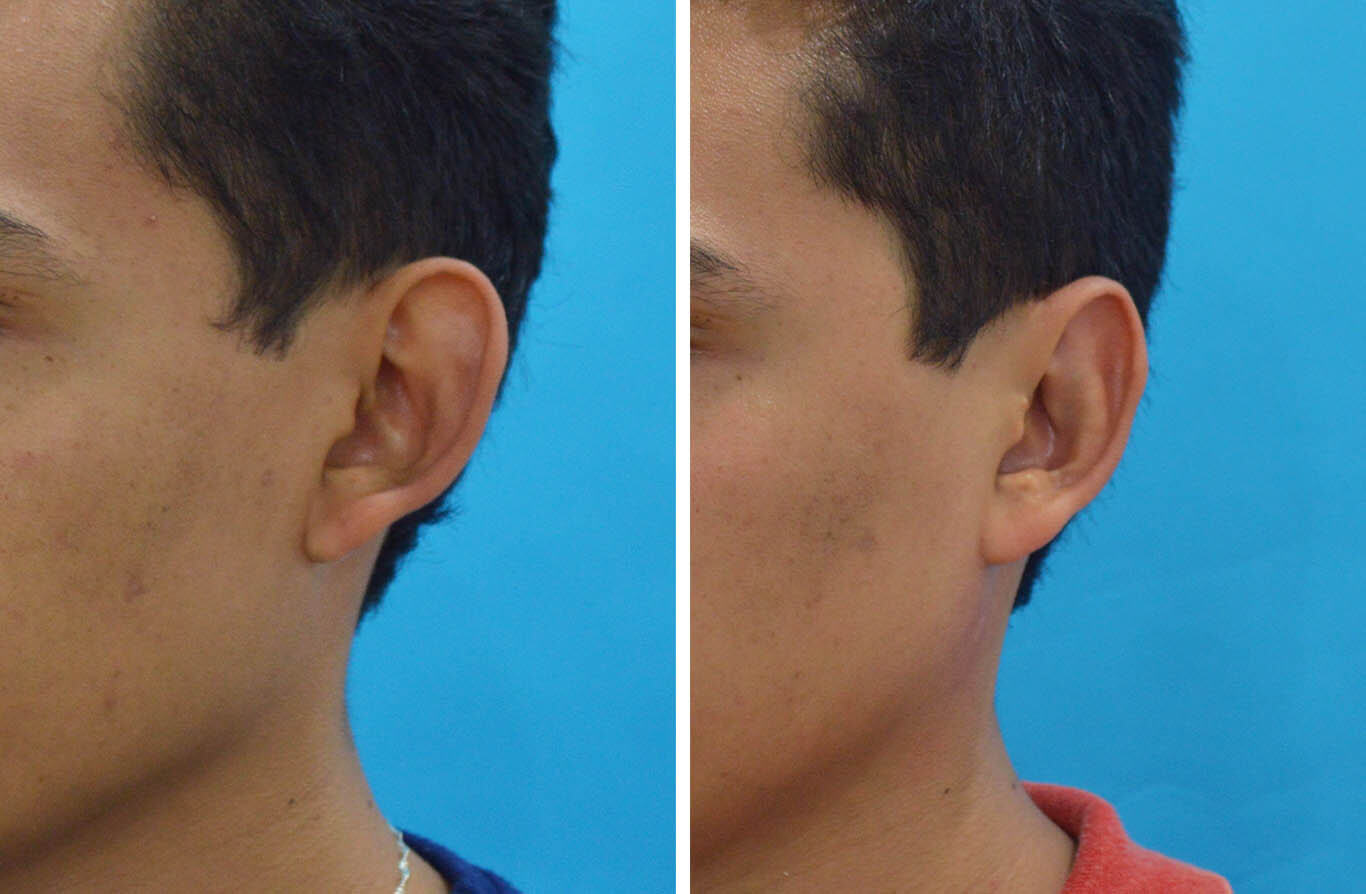
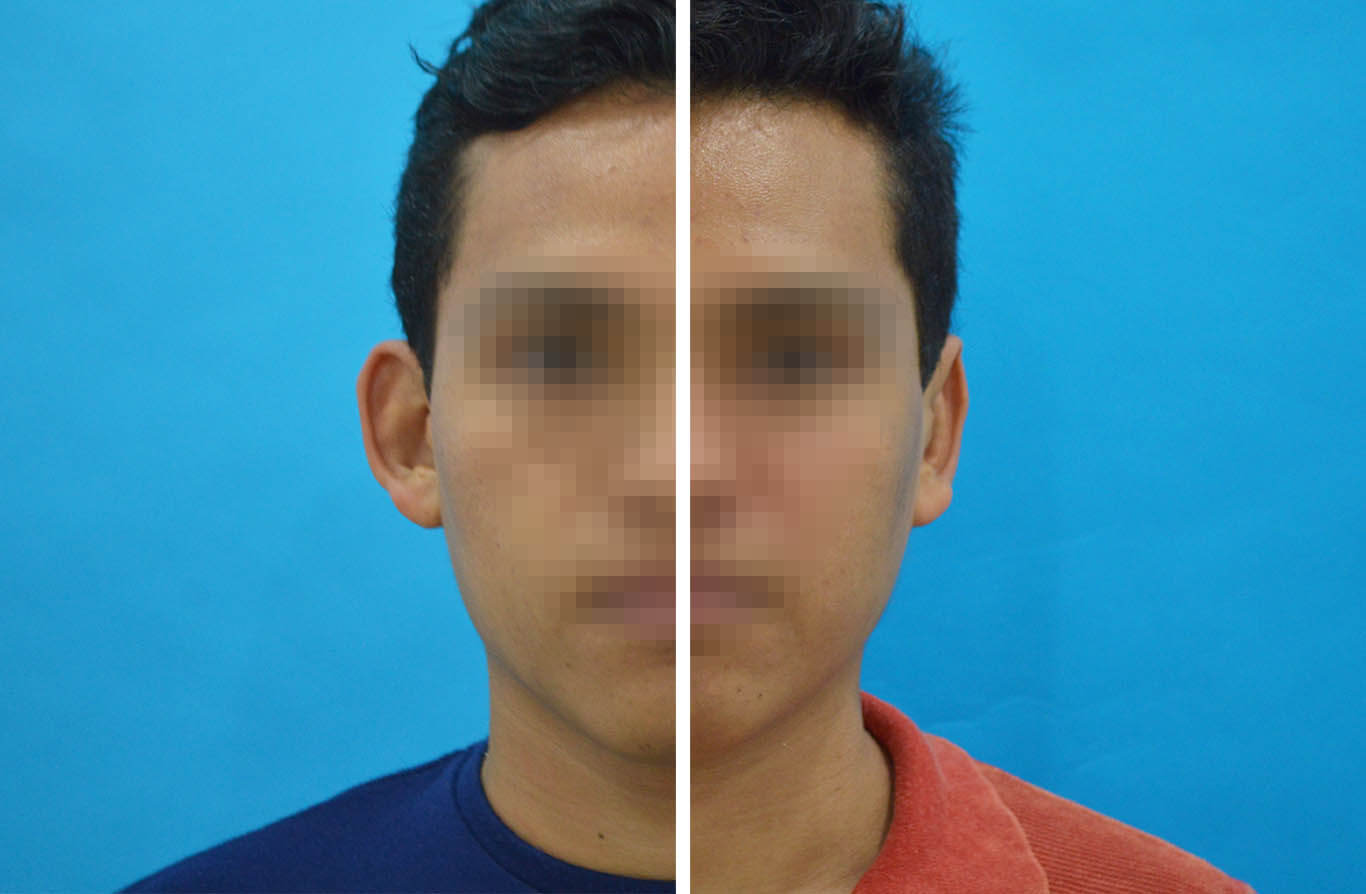
Recovery After Your Surgery
Dressings will be used to support the new shape of the ear during the initial phases of healing. Once these are removed, the results of your ear surgery are immediately visible. With the ear permanently positioned closer to the head, surgical scars are either hidden behind the ear or well-hidden in the natural creases of the ear.
Discomfort immediately following ear surgery is normal and can be controlled with pain medication. There may be an itchy feeling under bandages. It is essential that bandages remain intact and are not removed for any reason. Failure to do so may result in loss of some of the correction and may require a secondary surgery.
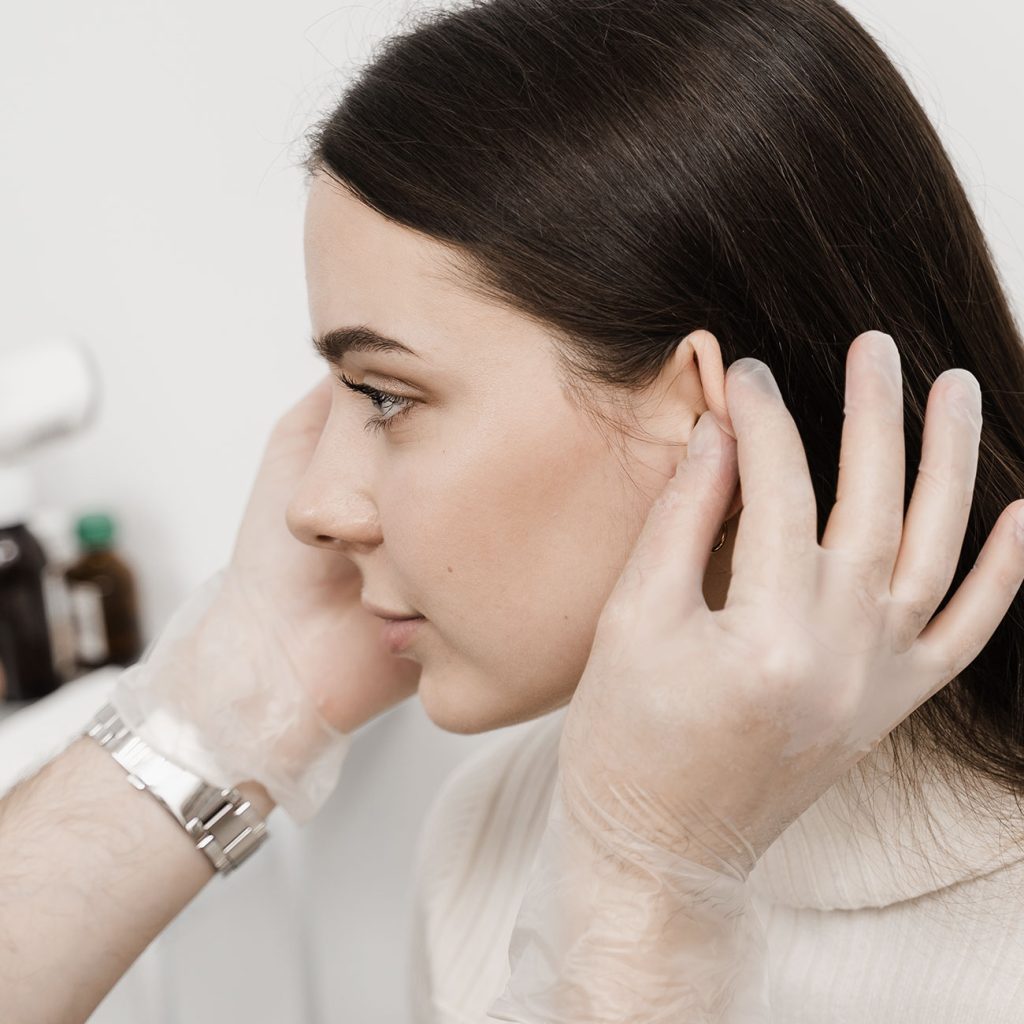
Patient Testimonials
Read some of our patient's experiences with us
Don’t just take our word for it—discover the real-life stories of our satisfied patients. From subtle enhancements to life-changing transformations, our patients share their experiences and the profound impact that Dr. Valdez and his team have had on their lives. Let their stories inspire you as you embark on your own journey towards confidence and self-love.
Best Ear Surgery Surgeon in Mexico
Ear Surgery process
Book your Appointment,
Contact Us
Schedule a personalized consultation with Dr. Valdez to discuss your goals and concerns.
Start Recovery,
Be patient
Undergo a customized Ear Surgery procedure tailored to your unique needs and desires.
Enjoy! Embrace Your
Beauty
Receive post-operative care and guidance throughout your recovery journey for a successful outcome.
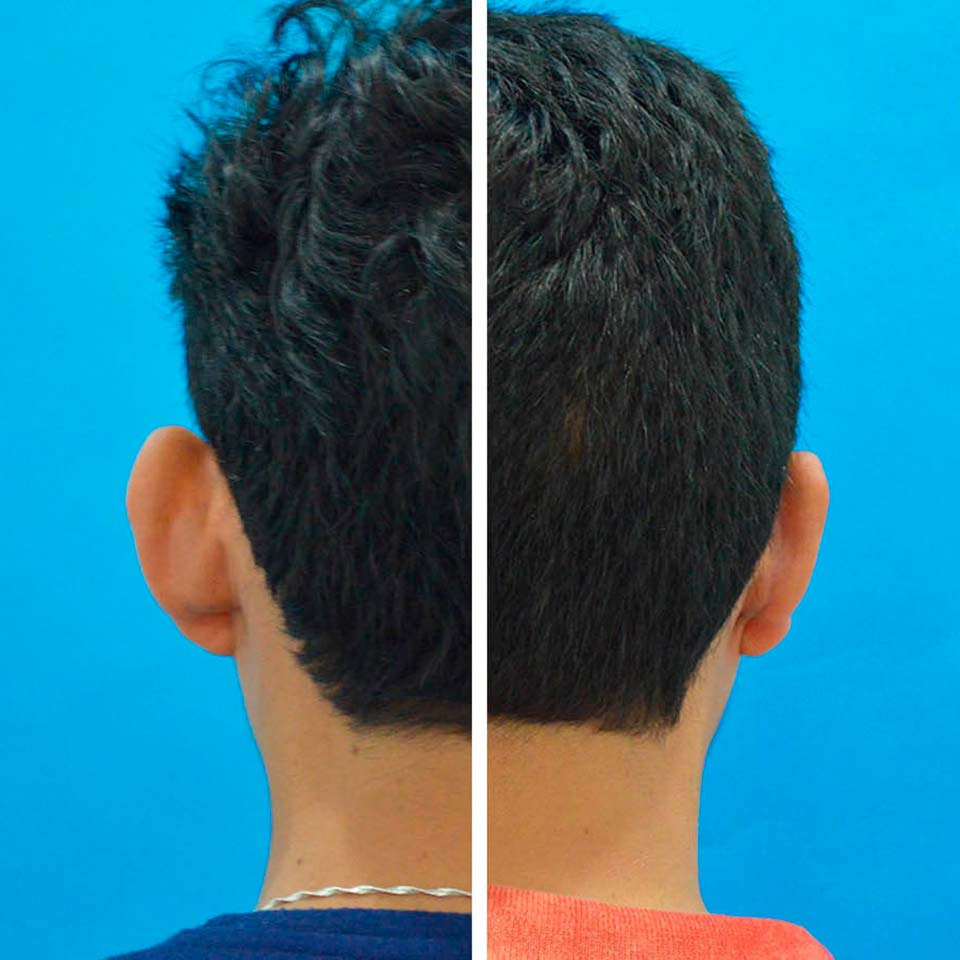
Ear Surgery Outcomes
Although good results are expected from your procedure, there is no guarantee. In some situations, it may not be possible to achieve optimal results with a single surgical procedure and another surgery may be necessary.
Following your physician’s instructions is essential to the success of your surgery. It’s important that the surgical incisions are not subjected to excessive force, swelling, abrasion, or motion during the time of healing. Your doctor will give you specific instructions on how to care for yourself. It’s very important to follow your plastic surgeon’s instructions and attend follow-up visits as scheduled.
See Related Treatments
Explore complementary procedures and treatments that can enhance the results of your ear surgery options.
FAQ's
Get answers to commonly asked questions about Ear Surgery, including the procedure itself, recovery process, potential risks, and more.
- Overly large ears – a rare condition called macrotia
- Protruding ears occurring on one or both sides in varying degrees
You may be a candidate for brow lift surgery if you:
- Healthy individuals who do not have a life-threatening illness or untreated chronic ear infections
- Generally five years old or have ear cartilage that is stable enough for correction
- Cooperative and follow instructions well
- Able to communicate their feelings and do not voice objections when surgery is discussed
- Non-smokers
- Individuals with a positive outlook and specific goals in mind for ear surgery
Yes you can ask all the questions that you have before your procedure. Here you have some examples you can make before or after the surgery:
- What medication will I need after surgery?
- Will I have dressings/bandages?
- When will they be removed?
- Are stitches removed? When?
- When can I resume normal activity and exercise?
- When do I return for follow-up care?
Prices for a Ear Surgery can vary depending on you situation. A customized consultation with Dr. Valdez can give you a better idea on how much will cost you.
Cost may include:
- Anesthesia fees
- Hospital or surgical facility costs
- Medical tests
- Prescriptions for medication
- Surgeon’s fee




